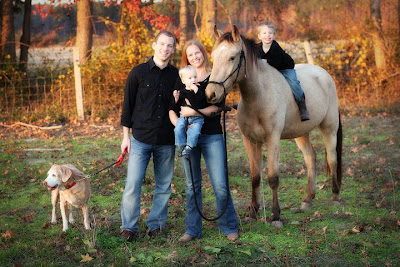
Though I cannot imagine why, several of you have asked me questions about my background and what it was that brought me to develop a program to teach kids to tame wild horses and to work to preserve the Corollas. I cannot say that I understand your joint urge to be Oprah, but I will set out some things that have made my life unusual. I must throw out the first disclaimer that unusual is not a synonym for interesting.
1. My parents had over 100 foster children in our home while I was growing up. I have a dozen little adopted brothers and sisters.
2. I got my first horse at age 2. He was one. The following year I rode him unassisted in the local Christmas parade.
3.I play seven or eight musical instruments, all self taught. I am great on none of them but good enough to fool audiences into occasionally considering me a real musician.
4. From a very young age I tried to divorce myself from any affection towards material possessions. Perhaps the best decision that I made as a preschooler was to refrain from loving anything that cannot breathe.I once realized that I had never even noticed what kind of truck I had, although I had had it for four years. I asked the man at the feed store to fill up the blue truck with hay. He asked me if the Ford or the Chevrolet was mine and I had to go outside and look because I had never noticed.
5. I was a double major at William and Mary in Government and Religion. I loved college. I despised law school. It was like having death come over for breakfast every morning. When I was nineteen tests indicated that I had Lou Gehrigs's Disease. Turned out that I did not. Guess that I just did not study enough for those tests.
6. When I was young I was a successful politician in my own right and was considered to have a pretty good strategic mind for campaigns. When I was an undergraduate, the President of the United States called me at my dorm to thank me for the assistance that I had given his campaign during the primary. At age 27 I became the youngest member of a governing body of a county in Virgina and at age 31 I became Chairman of the Board of Supervisors. I used to read four newspapers before breakfast every morning and worked to read three books each week. I am now free from all of that. I have absolutely no interest in political office now and would not accept one were it given to me.
7. I have been teaching the high school Sunday school class at my church for over 25 years.
8. I am mega married. I know of no other couple as close as are my wife and I.
9. I have been a prosecutor, primarily in juvenile court for over a decade. The thing at which I am best in my job is the thing that absolutely grinds up my life. I handle all the molestation cases because kids always talk to me and tell me things that they do not tell others.
10. There was a time when I was quite entertaining in court. The court room was my play pen and I had fun trying non-molestation cases. That began to come to an end nearly two years ago when Lido died in a hunting accident. Since then skills in many facets of my life have slipped, but none more so than in a court room.
11. I prefer the old to the new, the simple to the ornate, the reliable to the risky, and the time worn to the new fangled. The only modern technology that I really enjoy is e mail because it reduces the time that I have to spend on the phone.
My Corollas are one of the oldest strains of American horses. They are as simple as pound cake. In darkness, water, mud, heat, tall timber, and cut over scrub, they are perfectly reliable. They have stood the test of time.
Our test is to see if we can help them remain wild and free for 200 more years.
(It is a strange thing to write so much about one's self. For a moment I thought that it was making me feel naked. Then I realized that it is just that I had not gotten dressed to feed up yet)








































